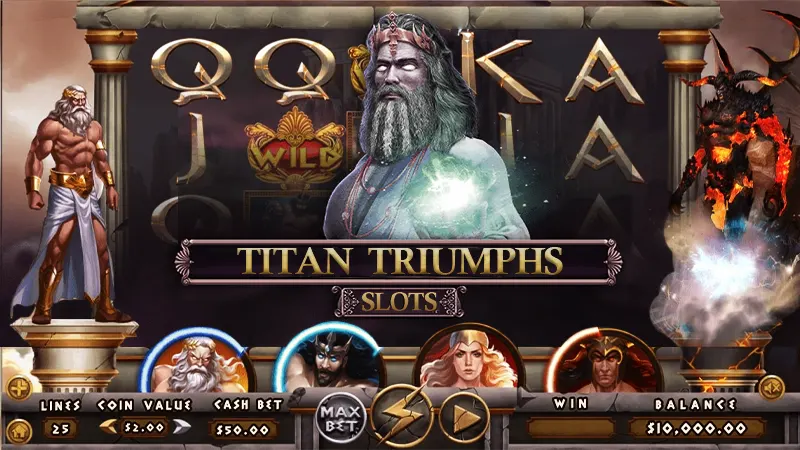Google Ads or Facebook Ads – Where Should You Invest
One of the most popular and common questions that an array of businesses asks when expanding the paid media presence is where to spend the ad money. Undoubtedly, Google Ads and Facebook ads are two significant contenders when it comes to running ads. However, when it comes to choosing one, being stuck in a dilemma is quite prevalent.
Often, people refrain from taking a step as they are unable to figure out where to invest their money. The truth is, you cannot find a better option as far as you compare the two platforms as they are meant to achieve different objectives. So, how do you find out the better option? Let’s find out in this post.
What is the Difference Between Google Ads and Facebook Ads?

Both Google and Facebook provide popular advertising platforms. However, the available users on each platform are toward varying tasks with different intent levels to engage with the ads. This means you would have to adjust the advertising too.
Google Ads
Google ads provide four methods to advertise. The list includes:
Search Advertising
Search is the first and the most popular ad offering of Google. When people type something in the search bar, Google shows the Search Engine Results Page (SERP) with selected links to provide the best answer to the searched query. Also, the first couple of results have an Ad label, indicating that they are sponsored.
You can show your own ads on the SERPs by creating campaigns with Google ads that comprise ad groups tied with certain keywords. When somebody types a query related to that keyword, Google bids effectively in an instant auction that decides whether your ad will appear on the page or not.
Displaying an ad near the top of the SERP for search queries relevant to your business can benefit you by attracting visitors with the intent to buy your product or service. Links displayed higher on the page tend to get more clicks than lower results. You pay for every click that you get on the ad.
Display Advertising
Google ads also provide Google Display Network where you can run traditional display campaigns. Google has partnered with hundreds of sites to integrate with the display network. Through this option, you can develop targeted display campaigns that connect with your users. Typically, Google bills these campaigns either through the Cost Per Thousand Impressions or Pay-Per-Click (PPC) method.
YouTube Video Advertising
After Google, YouTube is the second-largest search engine in the entire world. It functions as a significant video advertising platform as well. Considering that Google is the owner of YouTube, you can access video advertising via Google ads as well. Obviously, the prerequisite here is to make qualitative videos and set up the advertising campaigns adequately.
Furthermore, you can also run ads on YouTube with the help of an extensive range of targetings, such as contextual targeting that comprises video topics or content keywords. You can go with the campaign settings that only ask you to pay once a viewer has watched either 30 seconds of the ad or until the end.
Network Discover Advertising
Lastly, Google also offers access to Google Discovery, which is a network of Google mobile properties where you can run the ads by combinations of varying headlines, logos, images, and descriptions that Google will optimize through machine learning. Such ads run across Gmail Promotions, Google Discover, Watch Next Feeds, YouTube Home, and Social tabs.
Facebook Ads
Facebook ads offer access to creating and running ad campaigns across two social media platforms: Instagram and Facebook. Along with this, you can also run the campaign as an Audience Network of mobile apps. Facebook ads make use of job information, purchase behavior, browsing behavior, and other user characteristics to target people who might be interested in engaging with your services, products, or brand.
Facebook also accumulates data on every user so that you can use the data to define your target audience and put the ads in front of people who have shown interest in similar ads and content. One can look for some Facebook ads tips too so to better understand about it.
Google Ads vs Facebook Ads – What is the Working Methodology?

Now that you have understood the difference between the two channels, let’s find out how they work.
Google Ads
The very first step in creating a Google ad campaign is to choose relevant phrases and keywords that your target audience is to use while conducting a search on Google. Once you have selected keywords, the next step will be to create an ad campaign that you wish Google to display to your target audience.
Once the campaign is created, you and your competitors, who are interested in the same phrase or keyword, begin bidding. And then, the highest bidder gets the top advertising spot for that specific keyword. This is where the price for the ad can increase. If you are interested in the same keyword as other advertisers, the bidding can get quite expensive.
To offset the price, specifically, if you are working with a smaller budget, you can try to refine, define and specify the keywords so they are less likely to be purchased by larger organizations and companies.
Facebook Ads
As far as Facebook ads are concerned, the first step will be to choose the target audience. Although the social media platform can help determine the target audience for your brand, if you are familiar with the ideal customer, you can precisely define who should get to see the advertisement.
Once done, you will have to create an ad with the help of videos, photos, descriptions, and a clickable Call-To-Action (CTA). Keep in mind that the CTA communicates the action that your target audience should take. After creating the campaign, the ad campaign is created, you will have to select the advertising budget.
Unlike Google ads, you don’t have to get involved in bidding wars on Facebook. The amount that should be spent on the advertisement every day will be solely your decision. Fortunately, you can set the marketing budget according to your capacity, whether it is $5 a day or $50 a day.
However, the more you spend, the higher your advertisement’s reach will be. Once you have published the ad, it will be displayed to your target audience in a variety of places on both Facebook and Instagram.
Selecting the Best Advertising Platform
With Facebook ads, you get the liberty to select the daily advertising budget without any fear of stringent competition raising the bar for you. Thus, if your business has a small advertising budget, this might be an economical option for you. Even spending merely $30 on a week-long campaign can help increase the reach significantly. Moreover, if one of your objectives is to increase brand awareness, advertising on the social media platform will be a success for your brand.
On the other hand, Google boasts of a substantially larger reach. And, often, users prefer searching on Google to find something that they already intend to buy or use. Thus, if you have a certain phrase or keyword that your target audience searches for quite frequently, being at the top of the SERP will turn out to be beneficial.
Google Ads vs Facebook Ads: Where Can You Find Profitable ROI?
Being familiar with the conversion rate of advertisement is a key to deciding whether the money spent was effective and worth it or not. Both Google ads and Facebook ads offer tracking systems that let you keep a tab on the reach, price per click, and click-thru rate. Along with this, you can also find other essential data, such as the specific times and days when your advertisement was more effective.
So, which platform do you think can offer the best Return on Investment (ROI)? The precise answer to this question is that it depends. It majorly depends upon your experience, marketing objectives, target audience, and business type. On top of that, it also depends upon how you are attributing sales to every channel and the customer journey across the ad networks. Thus, you must take the decision cautiously.
Things To Keep in Mind Before Choosing a Platform:
Digital Acquisition Costs and Advertising Budget
Before you continue with spending any amount, make sure that you are clear on the numbers. Try to understand how much you can afford to pay to get a customer. Not having a precise idea can cost you a lot of money, regardless of the platform you have selected. Look into your complete budget and work from the highest intent backward.
This means you will have to maximize the retargeting first, and only then you can move to the leftover funds and put them into the highest place in the funnel. This technique will ensure that you are getting the best possible return. And then, you can reinvest in your customer journey accordingly.
Your Competition & Industry
To begin with, consider the industry you are operating in and research the possible costs. You can use the Keyword Planner tool by Google. There are some industries as well as sub-industries that are super expensive from the perspective of Cost-Per-Click (CPC) and the ad budget.
Let’s suppose your budget is to spend $500 a day. However, the average CPC in your industry is $200. This way, you will only be able to afford not more than two-three clicks in one day. You would want to have hundreds or thousands of impressions to gain knowledge on keywords, landing pages, and ads. Although you will take some time to learn about everything, it will be worth it.
Defining the Objective
Once you have managed to comprehend what you can afford and you have considered your industry trends, the next step is to consider your expectations and goals in regards to this marketing strategy. In case your objective is to increase demand generation or brand awareness, Facebook ads may seem more of an economical option.
However, if your objective is to generate leads or sales, you can go with Google ads. In this situation, users will be searching for what exactly your company is selling. Thus, you will target those who will have a higher intent to buy from your brand. Hire a digital ads agency to grow your brand.
The Stage in the Buyer’s Journey
Understanding the position of your user in the buyer’s journey will help you decide the advertising channel to use. This might mean that both the platforms would be adequate; however, the timings could be different. If you are trying to capture users during the moment when they are looking forward to buying a product or service, choosing Google ads would be the best net as they have a high intent level from the audience.
On the contrary, if you wish to establish more awareness or influence the consideration of what you are offering, choosing Facebook ads would be of great help.
Where Should You Start?
Your industry and the business may heavily weigh on the platform that would be best to earn profit. However, rather than getting stuck in the dilemma of Google ads vs Facebook ads, you must consider what your company requires and on which platform you can find your target audience the most active. Only then can you accomplish desirable results.











Share